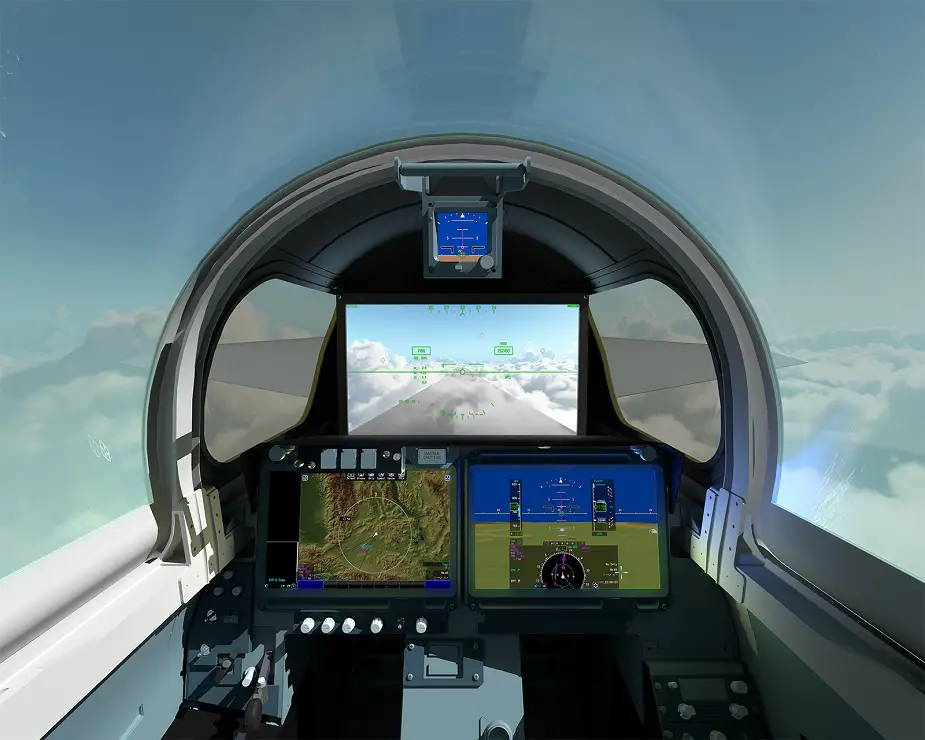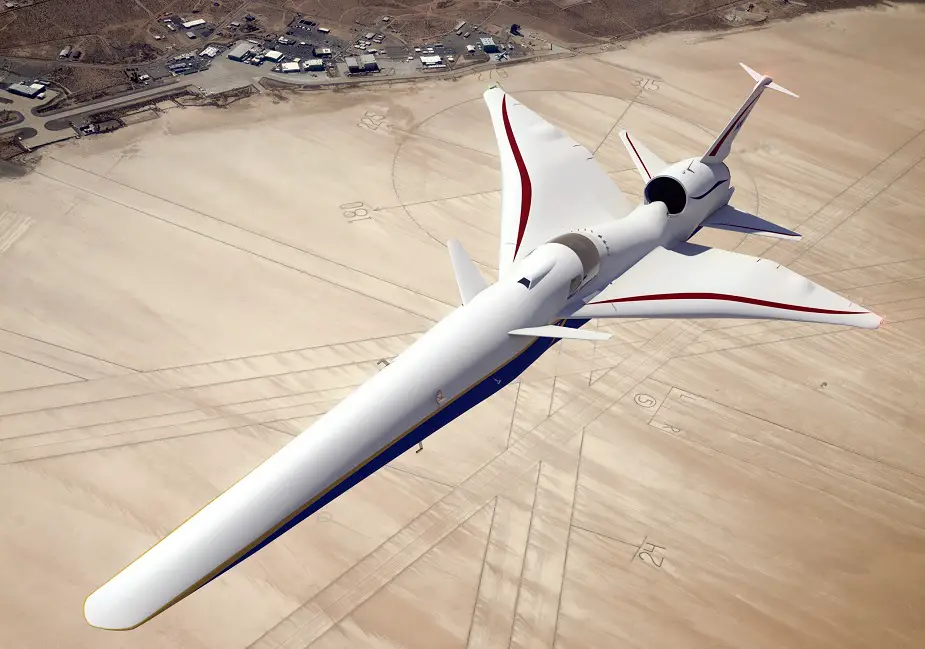The pilot of NASA’s X-59 Quiet SuperSonic Technology, or QueSST, aircraft will navigate the skies in a cockpit unlike any other. There won’t be a forward-facing window. It’s actually a 4K monitor that serves as the central window and allows the pilot to safely see traffic in his or her flight path, and provides additional visual aids for airport approaches, landings and takeoffs. The 4K monitor, which is part of the aircraft’s eXternal Visibility System, or XVS, displays stitched images from two cameras outside the aircraft combined with terrain data from an advanced computing system. The two portals and traditional canopy are real windows however, and help the pilot see the horizon. The displays below the XVS will provide a variety of aircraft systems and trajectory data for the pilot to safely fly.
 The 4K monitor, which is part of the aircraft’s eXternal Visibility System, or XVS, displays stitched images from two cameras outside the aircraft combined with terrain data from an advanced computing system (Picture source: NASA)
The 4K monitor, which is part of the aircraft’s eXternal Visibility System, or XVS, displays stitched images from two cameras outside the aircraft combined with terrain data from an advanced computing system (Picture source: NASA)
"The [eXternal Visibility System] is one of several innovative solutions to help ensure the X-59's design shape reduces a sonic boom to a gentle thump heard by people on the ground," NASA explains.
The XVS is one of several innovative solutions to help ensure the X-59’s design shape reduces a sonic boom to a gentle thump heard by people on the ground. Though not intended to ever carry passengers, the X-59 boom-suppressing technology and community response data could help lift current bans on supersonic flight over land and enable a new generation of quiet supersonic aircraft. Such a discovery would be great for commercial air travel, as well as staying stealthy in military operations.
 NASA’s X-59 Quiet SuperSonic Technology aircraft (Picture source: NASA)
NASA’s X-59 Quiet SuperSonic Technology aircraft (Picture source: NASA)
















